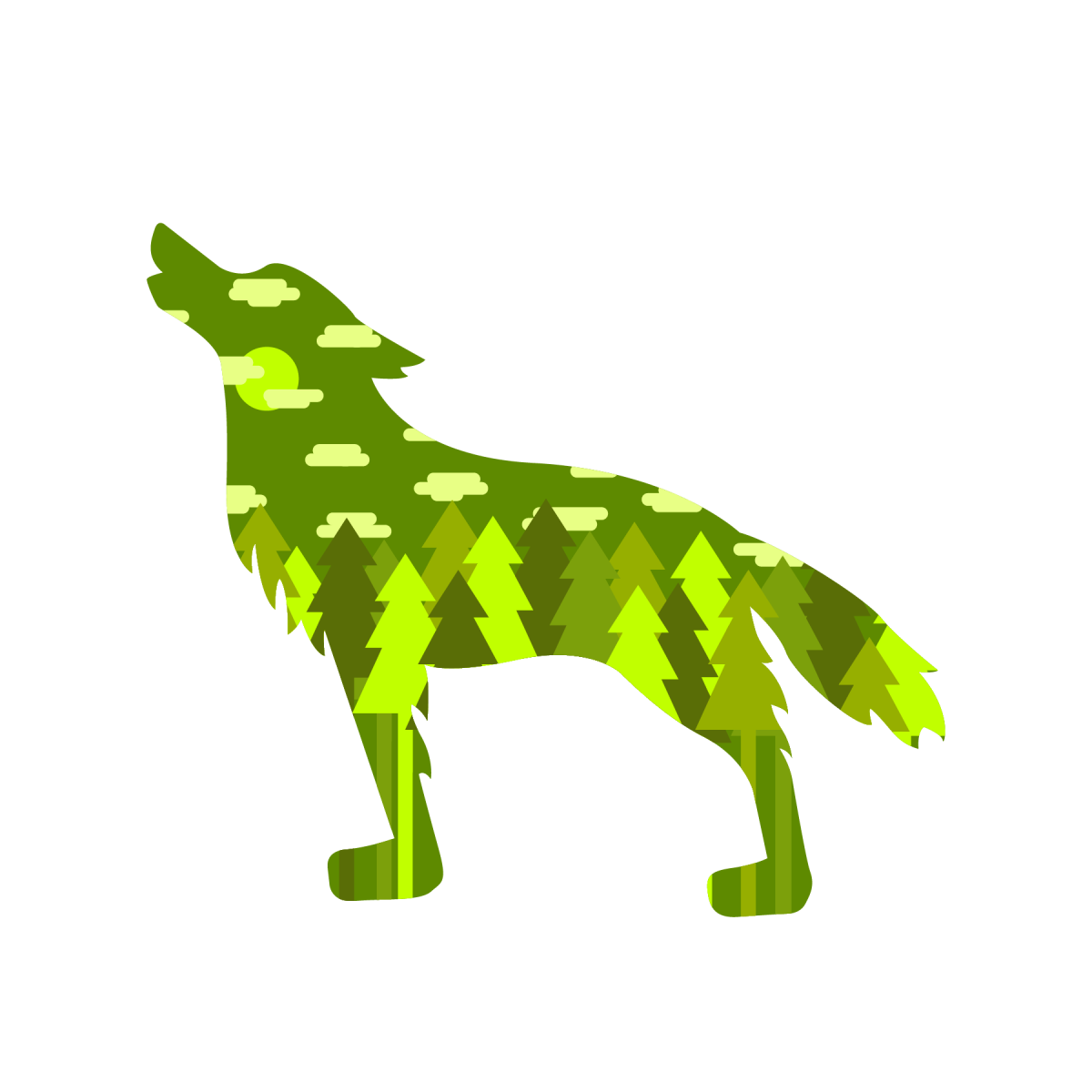During summer 2019, Kathie Dello was named the first female director of the State Climate Office. Technician spoke with her about her role and the importance of the climate office.
What is the primary purpose of the State Climate Office?
We’ve been around for 43 years, for most of the time here at NC State. It was originally in Chapel Hill. What we do is we understand North Carolina’s weather and climate through three mission areas: research, outreach and education.
As the director, what’s your role in all that?
We have a fairly large staff here. We’re the second-largest State Climate Office in the country, so I’m managing all of them. Many of them have been here for a long time and were NC State students themselves, and what we’re doing is a lot of different research projects, looking at how weather and climate affect different sectors like public health and transportation. We do a lot of work with agriculture. We run a weather network called the ECONet, and we have 43 sites around North Carolina, and then we’re out giving talks, workshops, and helping folks understand climate and climate change, so I oversee all of that.
What opportunities do you have for students on campus?
We have students every semester, and they come mostly from atmospheric sciences, but we do take them from other departments as well, and what we kind of offer when we have funding is kind of like a mini job in climate services. They get experience in answering data requests and answering the phone and working on a lot of these different projects we have going on, so that when they go to grad school or go to get a job, they have fairly significant work experience already. But it’s always money dependent.
What drew you to this field?
I really loved weather growing up, and I thought I wanted to be a meteorologist, but I started learning about climate and climate change and really wanted to work in that area more, so I’ve been working professionally in climate science for over a decade, most of my time in Oregon, and then I moved out here in July. I’m just really interested in how climate affects people and how we can make people more resilient to some of the big weather and climate changes that we’re seeing.
What would you say your favorite part about what you do is?
My favorite part is that I get to do a lot of different things, and I don’t spend a lot of time sitting behind a computer. I’m usually out talking to folks, either teaching them about climate or understanding more about what they do so that we can tailor our work and our products to them. And I get to see a lot of North Carolina. Next week I’m going to Nags Head and Asheville, so one side of the state to the other.
Is there a particular experience or something that defined your work in climate that you would like to share?
We no longer get the luxury of talking about it as a future thing, you know; it’s happening to us now, and as much as I can do with what I know and my science to help reduce some of the risk for people is something that I’m really passionate about. I want us to arrive at climate solutions, and I want us to build resilience in communities, and I want the people who are most affected by climate change, which tends to be our low-income communities or communities of color, to not bear the burden that we’re facing. So this isn’t really a story, but it’s really sad for me to see climate change playing out on the landscape, and that’s what gets me up every morning is working toward solutions and working toward resilience.
What is the most important thing you want students and faculty to understand about the climate office?
That we’re here, and that we are available to work with people in a variety of different ways. We do a lot of outreach. We’re trained in specific outreach methods. We do a lot of research on weather and climate and relief. We have a ton of resources on our website. You know, we have that weather network, we have all sorts of data, so just to let folks know we’re around and we’re happy to partner with folks on projects, or anything else really. The possibilities are endless.
How does it feel to have such a leading role as a female in STEM?
It feels great. We still have a lot of work to do. We see now that STEM programs are split 50/50, male/female, at the undergrad stage, but we start losing females for a number of reasons, whether it’s a hostile work environment or family responsibilities or not enough mentoring at significant stages. This is especially true for women of color and people of color. So it feels good that I got to this level, but I want to see things continue to get better for women in science, because we still have a long way to go.








